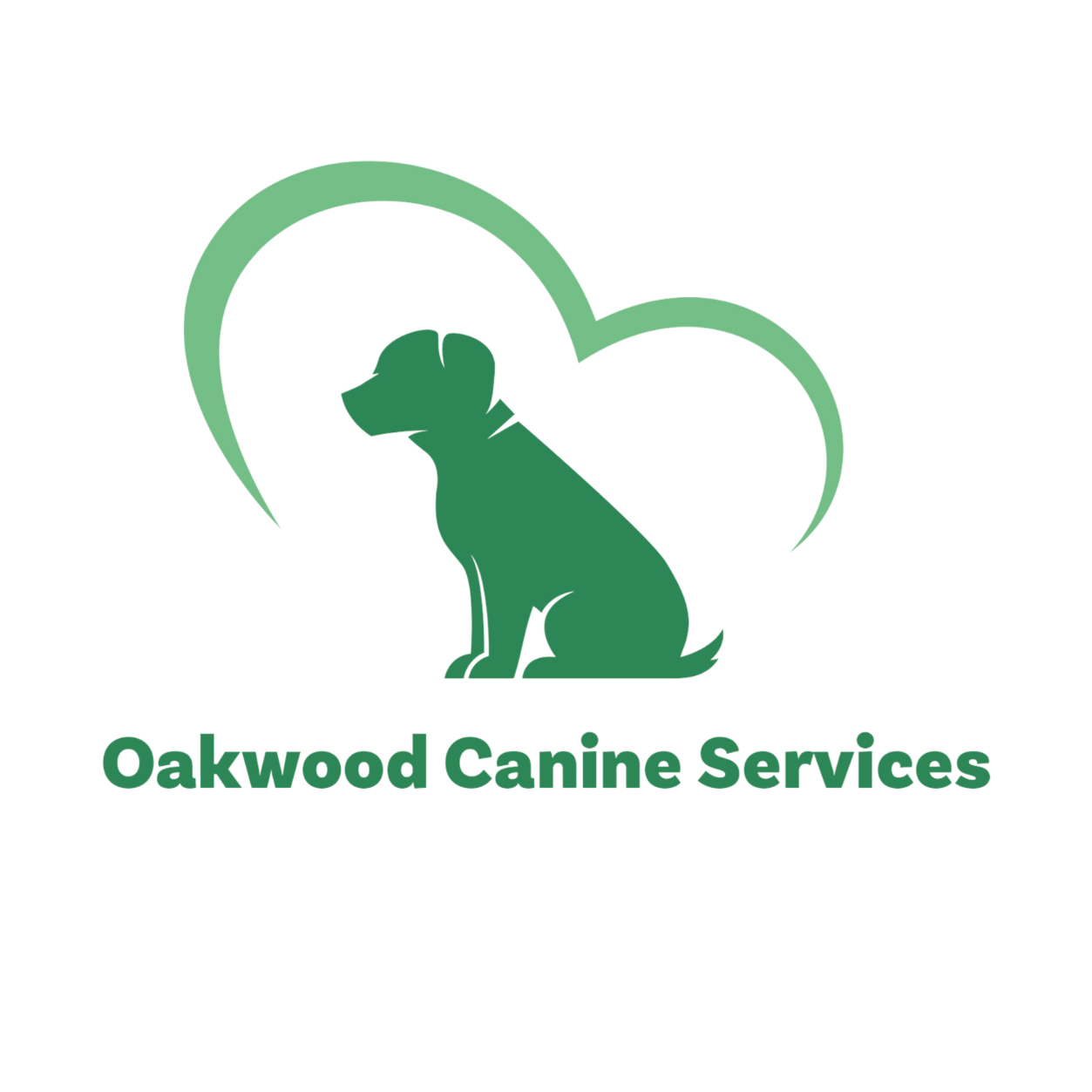Recall
Recall
- Hold a treat in front of your dog’s nose
- Run backwards quite quickly guiding your dog to follow the treat
- After 4-5 paces stop
- Immediately give the command (e.g. ‘come’, ‘here’, ‘whistle’)
- Take hold of your dog’s collar
- Give the treat
- Repeat until consistent and gradually increase the distance
It is important to take hold of your dog’s collar before rewarding, otherwise you will teach a snatch and run scenario. Where the pup comes to you, grabs the treat and runs off again.
In order to ever let your dog off the lead in a public space, you should have a reliable recall on command. It is the responsibility of the owner to have control of their dog at all times. Although, just being on the lead does not mean it is under control, therefore it’s important to work on all aspects of training.
- Most common excuses for not coming back:
- Naughty
- Disobedient
- He’s a bit of a lad
- Still a puppy – he’ll grow out of it
- Selectively deaf
- Deliberately winding me up
- There is more to it: Flight Instinct Period
- Occurs anytime between 16 weeks - 8 months
- For a few days or a few weeks
- All dogs go through it – as they gain confidence and grow
- Most noticeable by dogs going off on their own agenda more or being less interested in you, especially when out on walks
- Reasons for coming back:
- Rewarding result
- Anticipation of more reward
- Bond with owner
- More stimuli with owner than environment (hence why many dogs show a brilliant recall in the house, and it falls apart when out on walks)
- Learned behaviour – Training!
- Reasons for not coming back:
- More fun with the environment than owner
- Hormonal influence (intact males want to breed)
- Instinctive response (chasing a rabbit)
- Anticipation of end of fun (back on the lead and going home) – Important to not only recall when ending the walk
